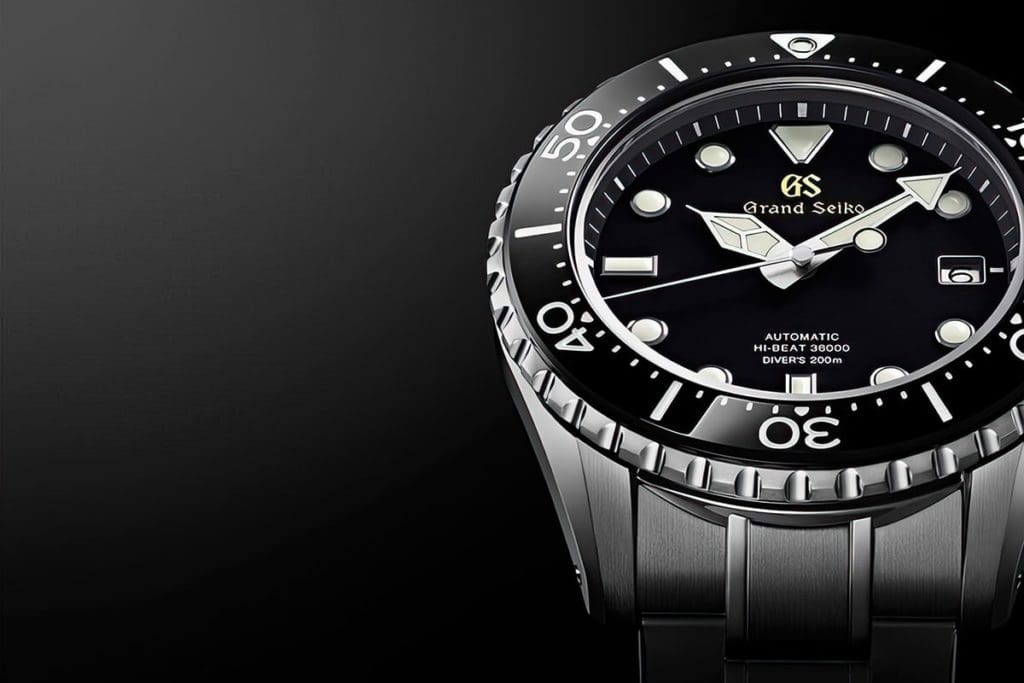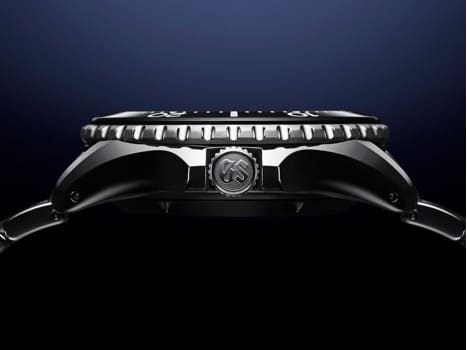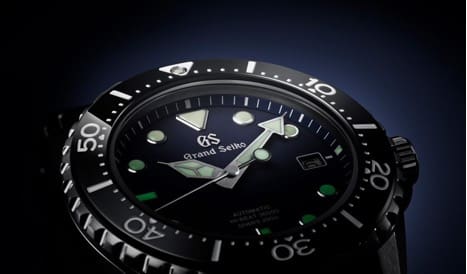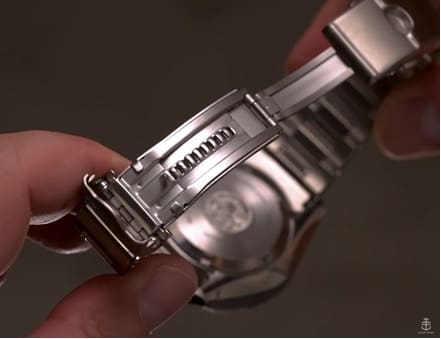What’s really new with these Grand Seiko Hi-Beat Divers?
Ricardo SimeIt’s been just over four years since Grand Seiko gave us two divers using their venerated 9S85 Hi-Beat movement. Both titanium watches, the gold accented SBGH255 and the limited edition, blue dialled, SBGH257, were absolute beasts at 46.9mm wide and 17mm thick; something one might expect from a 600 metre professional diver. Since then, Grand Seiko lovers have been yearning for a smaller mechanical follow-up. Many of us could do without 600 metres of water resistance, if it meant a more svelte offering.
Well, Grand Seiko has given us the goods with the newly released, 9S85 powered, SBGH289 and SBGH291.
These new members of Grand Seiko’s sport collection present some major differences when compared to their bulkier predecessors. First, instead of both references being made of GS High-Intensity Titanium, only SBGH291 uses the material while SBGH289 comes in stainless steel. Secondly, the crown and date window, which were previously positioned at 4 o’clock, are now placed at the more common 3 o’clock. Upon further observation, you’ll also see that this new case has more smooth curves and is much less angular than that of the SBGH255 and SBGH257.
As you pull out your calipers, you immediately become aware of just how much trimming has been done. Though the lug–to-lug remains the same at 51mm, these new divers only come in at 43.8mm wide with a 14.7mm thickness. Add to that the ergonomics of heavily curved down lugs and end links, and the overall wearability increases tremendously.
As you make your way to the dial, you’ll notice that gone is the “Clous de Paris” tapisserie, replaced by a matte blue dial on SBGH289 and black on SBGH291. In my opinion, this gives the watches a cleaner, less busy, look. The lume-filled handset and indexes are the same as those on SBGH255 and SBGH257, minus the gold accents. One clear difference though, as stated on the dial, is that the water resistance on both new models has been decreased to 200 metres. Some may have issues with this, but 200 metres is more than enough for day to day usage.
Inside these watches is the 9S85 Hi-Beat movement. Produced at Studio Shizukuishi in the Iwate Prefecture of Japan, the 9S85 represents Grand Seiko’s efforts to get the most out of their movements. Though it beats at 36000 bph, the movement still manages 55 hours of power reserve. It is adjusted to six positions and is rated from +5 to -3 seconds a day. Moreover, its Spron 610 alloy hairspring provides magnetic resistance at more than three times higher than previously used alloys.
Moving on to the bracelet, we get the Grand Seiko 5 link variety, with two polished, thin links sandwiched between three broader, brushed links. The clasp, I’m glad to report, still has both solid micro adjustment slots as well as a long slide adjuster providing several millimetres of play. Altogether, though a bit beefy, there is absolutely no questioning its solid build quality.
In the end, what Grand Seiko has done here is fully appreciated by this writer. Adding two more mechanical divers, at a more reasonable size, opens up this style of watch to many more fans of the brand. Furthermore, the use of two different materials presents us with a choice we didn’t have on the previous models. All in all, this is a great step forward for Grand Seiko and I hope it means more smaller diameter divers lie ahead.
Grand Seiko Sport Collection Hi-Beat SBGH289 and SBGH291 Pricing and Availability:
Both Hi-Beat divers will be available in October 2021. SBGH289 in stainless steel will be $7300 USD while the High-Intensity Titanium SBGH291 will be $8800 USD.










